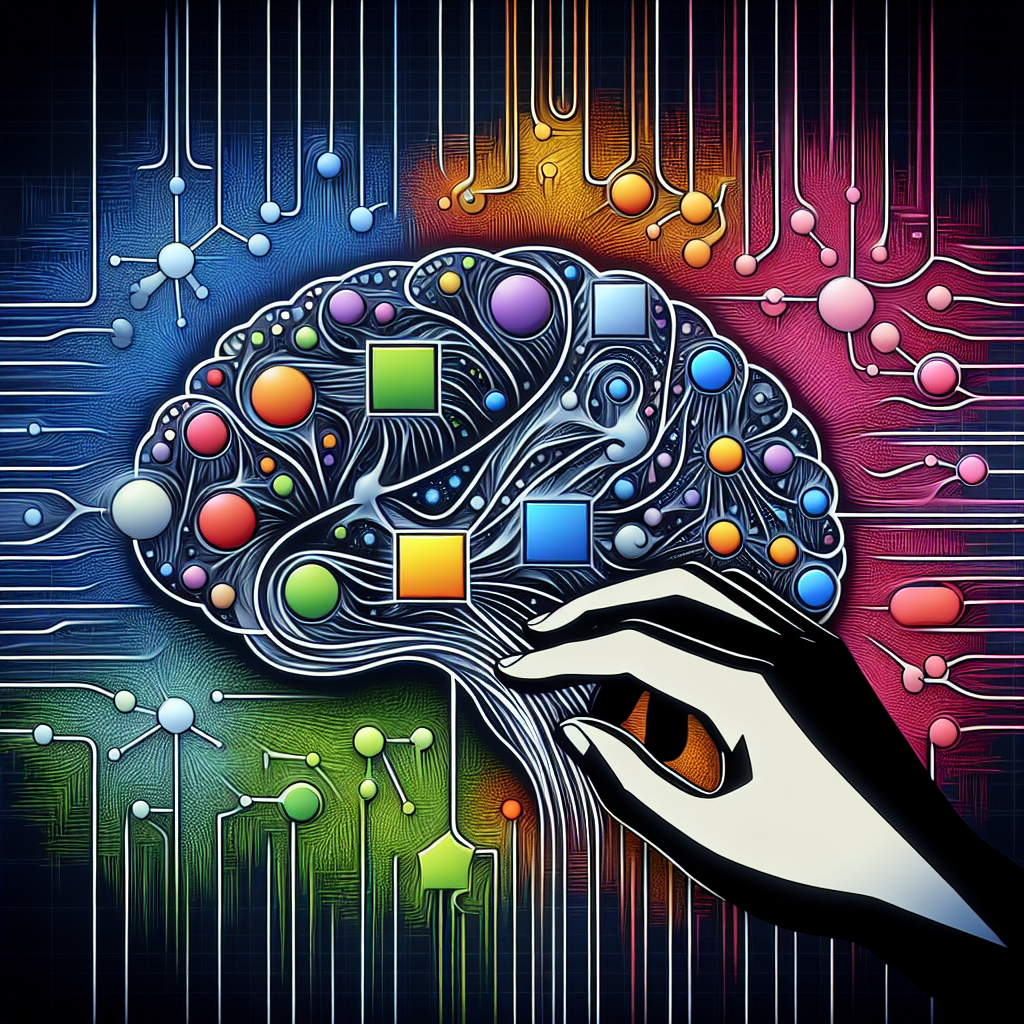Your cart is currently empty!
Understanding Deep Learning: From Theory to Practice with PyTorch and TensorFlow

Deep learning has become one of the most popular and powerful techniques in the field of artificial intelligence. Its ability to learn complex patterns and relationships in data has led to breakthroughs in various applications such as image recognition, natural language processing, and autonomous driving. In this article, we will explore the fundamentals of deep learning and how to implement it using two popular frameworks, PyTorch and TensorFlow.
Deep learning is a subset of machine learning that uses artificial neural networks to model and learn from large amounts of data. These neural networks are composed of multiple layers of interconnected nodes, each performing a specific computation. By adjusting the weights and biases of these nodes, the network can learn to map input data to the desired output.
One of the key concepts in deep learning is the training process, where the neural network learns from a labeled dataset through a process called backpropagation. During training, the network adjusts its parameters to minimize the difference between the predicted output and the actual output. This is done by calculating the gradients of the loss function with respect to the network parameters and updating them using optimization algorithms such as gradient descent.
PyTorch and TensorFlow are two popular deep learning frameworks that provide tools and libraries to build, train, and deploy neural networks. PyTorch, developed by Facebook, is known for its dynamic computational graph and easy-to-use API. TensorFlow, developed by Google, is known for its scalability and distributed training capabilities.
To get started with deep learning using PyTorch or TensorFlow, you first need to install the frameworks and familiarize yourself with their APIs. Both frameworks provide high-level abstractions for building neural networks, such as layers, optimizers, and loss functions. You can use these abstractions to easily create and train complex neural network architectures.
Once you have a basic understanding of deep learning and the frameworks, you can start experimenting with different architectures and hyperparameters to improve the performance of your models. This process involves tuning the network’s architecture, adjusting the learning rate, and exploring different optimization algorithms to achieve better results.
In conclusion, understanding deep learning from theory to practice requires a solid foundation in the fundamentals of neural networks and training algorithms. By using frameworks like PyTorch and TensorFlow, you can easily implement and experiment with deep learning models to solve real-world problems. Whether you are a beginner or an experienced practitioner, deep learning with PyTorch and TensorFlow offers a powerful set of tools to unlock the full potential of artificial intelligence.
#Understanding #Deep #Learning #Theory #Practice #PyTorch #TensorFlow,understanding deep learning: building machine learning systems with pytorch
and tensorflow: from neural networks (cnn

Leave a Reply